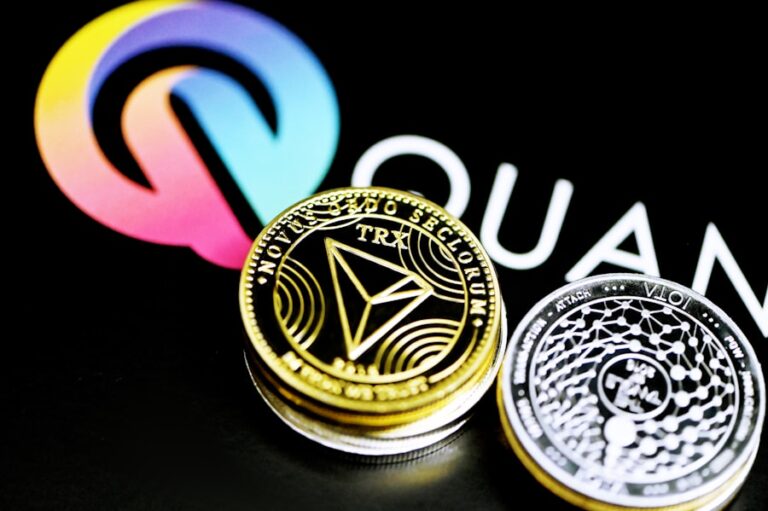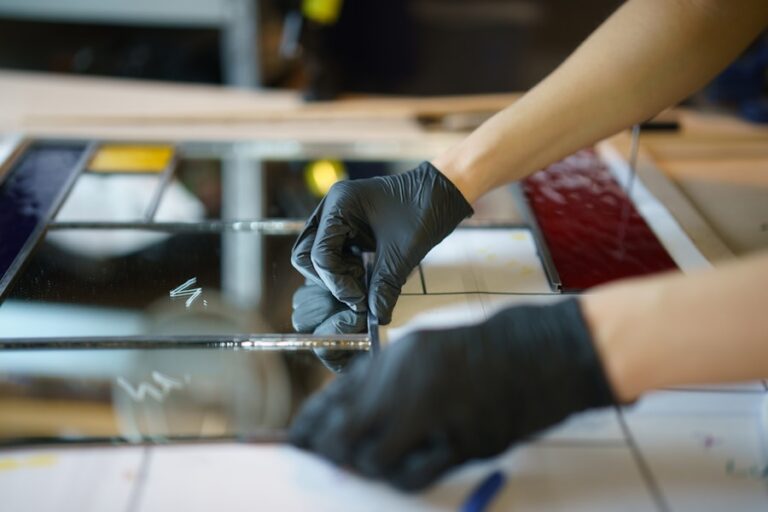Unveiling the Truth: Why Digital Art Deserves Recognition as Real Art
Art has always been a reflection of the society and culture in which it is created. With the advent of the digital age, art has evolved to encompass new forms and mediums, giving rise to what is now known as digital art. The digital age has brought about a revolution in the way art is created, shared, and experienced. From the early days of pixelated graphics and simple computer-generated images, digital art has grown to encompass a wide range of mediums, including digital painting, 3D modeling, animation, and interactive installations. This evolution has not only expanded the possibilities for artistic expression but has also challenged traditional notions of what constitutes art.
The digital age has also brought about a democratization of art, making it more accessible to a wider audience. With the rise of social media and online platforms, artists are able to share their work with a global audience, bypassing the traditional gatekeepers of the art world. This has led to a greater diversity of voices and perspectives in the art world, as artists from different backgrounds and cultures are able to share their work and connect with audiences around the world. The digital age has also given rise to new forms of collaboration and community-building, as artists are able to connect with one another and share resources and knowledge in ways that were not possible before.
Defining Digital Art: What Makes it Real Art?
One of the key questions surrounding digital art is what makes it “real” art. Traditional notions of art often revolve around the idea of the artist’s hand and the physicality of the medium, but digital art challenges these ideas by using technology as a tool for artistic expression. Digital art encompasses a wide range of mediums and techniques, from digital painting and drawing to 3D modeling and animation, and can be created using a variety of software and hardware. While some may argue that digital art lacks the tactile quality of traditional art forms, others argue that it opens up new possibilities for creativity and expression.
At its core, digital art is defined by the artist’s vision and creativity, just like any other form of art. The tools and techniques used in digital art are simply a means to an end, allowing artists to bring their ideas to life in new and innovative ways. Digital art also challenges traditional notions of authorship and originality, as it is often easy to replicate and manipulate digital images. However, this does not diminish the artistic value of digital art, as it still requires skill, creativity, and vision to create compelling and meaningful work. In many ways, digital art is simply a reflection of the times in which we live, using technology as a tool for artistic expression.
The Impact of Digital Art on the Art World
The rise of digital art has had a profound impact on the art world, challenging traditional notions of what constitutes art and how it is created and shared. Digital art has opened up new possibilities for artistic expression, allowing artists to explore new mediums and techniques that were not possible before. This has led to a greater diversity of voices and perspectives in the art world, as artists from different backgrounds and cultures are able to share their work with a global audience.
Digital art has also had a democratizing effect on the art world, making it more accessible to a wider audience. With the rise of social media and online platforms, artists are able to share their work with a global audience, bypassing the traditional gatekeepers of the art world. This has led to a greater diversity of voices and perspectives in the art world, as artists from different backgrounds and cultures are able to share their work with a global audience. The digital age has also given rise to new forms of collaboration and community-building, as artists are able to connect with one another and share resources and knowledge in ways that were not possible before.
Challenging Traditional Notions of Art
Digital art has also challenged traditional notions of what constitutes art and how it is created. The use of technology as a tool for artistic expression has led to new forms and mediums that were not possible before, blurring the lines between traditional and digital art forms. This has led to debates about the value and legitimacy of digital art within the art world, with some arguing that it lacks the tactile quality and physicality of traditional art forms.
However, many argue that digital art is simply a reflection of the times in which we live, using technology as a tool for artistic expression. The tools and techniques used in digital art are simply a means to an end, allowing artists to bring their ideas to life in new and innovative ways. Digital art also challenges traditional notions of authorship and originality, as it is often easy to replicate and manipulate digital images. However, this does not diminish the artistic value of digital art, as it still requires skill, creativity, and vision to create compelling and meaningful work.
The Technical and Creative Skills Required for Digital Art
Creating digital art requires a unique blend of technical skills and creative vision. Artists must be proficient in using various software programs and hardware tools to bring their ideas to life in a digital format. This often requires a deep understanding of digital tools such as Photoshop, Illustrator, 3D modeling software, and animation programs, as well as an understanding of how to use these tools to create compelling and meaningful work.
In addition to technical skills, creating digital art also requires a strong sense of creativity and vision. Artists must be able to conceptualize their ideas in a digital format, using technology as a tool for artistic expression. This often requires thinking outside the box and exploring new ways of creating and presenting artwork. Digital artists must also be able to adapt to new technologies and techniques as they emerge, staying ahead of the curve in an ever-evolving field.
Digital Art as a Tool for Social and Political Commentary
Digital art has also emerged as a powerful tool for social and political commentary. Artists are able to use technology as a means of expressing their views on current events, social issues, and political movements in ways that were not possible before. This has led to a greater diversity of voices and perspectives in the art world, as artists from different backgrounds are able to share their work with a global audience.
Digital art has also given rise to new forms of collaboration and community-building around social and political issues. Artists are able to connect with one another and share resources and knowledge in ways that were not possible before, leading to greater awareness and understanding of important social issues. This has led to a greater diversity of voices and perspectives in the art world, as artists from different backgrounds are able to share their work with a global audience.
The Future of Digital Art in the Art World
The future of digital art in the art world is bright, as technology continues to evolve and expand the possibilities for artistic expression. As new technologies emerge, artists will be able to explore new mediums and techniques that were not possible before, leading to greater diversity and innovation in the field of digital art. The rise of social media and online platforms will also continue to democratize the art world, making it more accessible to a wider audience.
As digital art continues to challenge traditional notions of what constitutes art and how it is created, it will also continue to push the boundaries of creativity and innovation in the art world. Artists will be able to use technology as a tool for social and political commentary in new and innovative ways, leading to greater awareness and understanding of important social issues. The future of digital art is bright, as it continues to evolve and expand the possibilities for artistic expression in the digital age.







